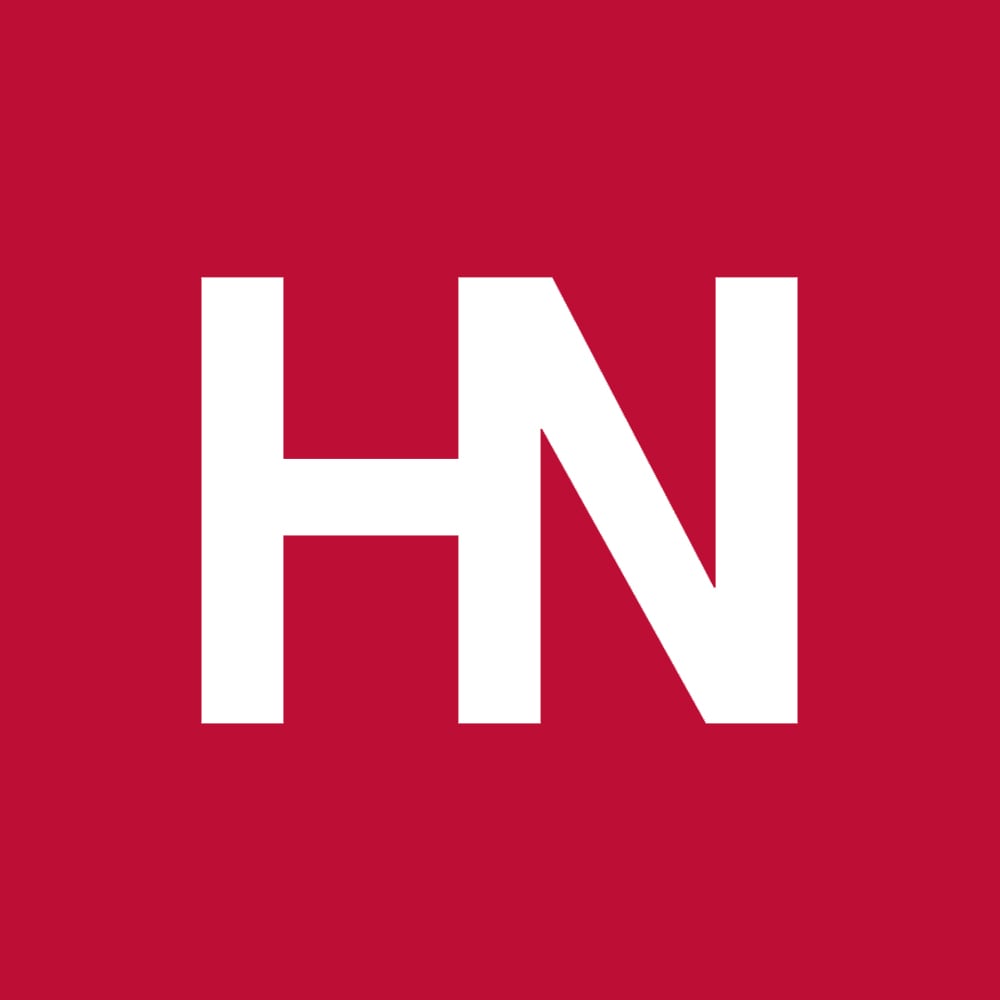The hospitality business’s key historic metrics
Efficiency benchmarking is paramount within the hospitality business, and whether or not measuring success towards your self, the competitors or a selected section of the market, the method includes foundational historic metrics.
This text is a part of a sequence on resort benchmarking knowledge units. Attain the opposite editions right here: The function of profitability knowledge in a complete resort benchmarking expertise | Utilizing enterprise on the books in an entire benchmarking method
Who makes use of resort historic knowledge? How does it assist methods?
Benchmarking is the inspiration of any determination making. When you don’t know the place you may have been, you don’t know the place you’re presently and also you don’t know the place you’re heading. Historic knowledge facilities you to what’s working and the place alternatives exist. The utilization of historic knowledge tells any income, gross sales, or advertising and marketing technique the place it needs to be centered and whether or not a technique is delivering improved market share over time. Moreover, historic knowledge helps efficiency administration, monetary administration and stakeholder administration choices and outcomes. In brief, there aren’t many business disciplines that don’t apply historic metrics to their day by day features. For instance:
Common managers use day-of-week splits to achieve a holistic view of the market, perceive the evolution of market demand, and spot alternatives to drive efficiency. Additionally, share change in a RevPAR index is used to set bonus targets for division heads.
Common managers and particular person house owners work with their income supervisor to set a technique for segmentation and price combine.
Income managers inform their pricing method based mostly on historic occupancy and aggressive market traits. Income managers align their forecasts and budgets to market share development as a part of short- and long-term projections. This permits not solely a versatile forecasting method, however a extra direct measure of outperformance functionality.
Possession representatives assess the competitiveness of their portfolio by way of a number of efficiency indices.
Finance departments monitor day by day/weekly/month-to-month adjustments in efficiency throughout all KPIs and their relative affect to profitability.
Portfolio representatives consider property success, mix historic metrics with forward-looking to approve property pricing methods, set property finances targets, and measure portfolio competitiveness.
Advertising groups construct and modify promotional campaigns based mostly on demand patterns.
3 key resort efficiency indicators (KPIs)
Lodge benchmarking typically includes three key top-line efficiency metrics: occupancy, common day by day price (ADR) and income per obtainable room (RevPAR).
To raised perceive the proportion of accessible rooms offered over a specified interval, hoteliers measure their property’s occupancy towards their market/aggressive set, and in regular occasions, take a look at motion by way of year-over-year adjustments or comparability towards different intervals. The formulation used to calculate occupancy:
— Supply: STR
Like every sellable product, charges are utilized to offered rooms/stock, and the actualized quantity paid for a room is called ADR (Common Every day Fee). This KPI is calculated per the formulation beneath:
— Supply: STR
Income per obtainable room describes the whole income achieved per room whether or not offered or not. The metric displays the stability between occupancy and ADR with every metric able to driving motion. RevPAR is the business’s central metric, broadly used within the revenue-management self-discipline as a result of it permits lodges and portfolios to measure efficiency success throughout {the marketplace}, no matter resort sort or location. RevPAR offers a handy and complete snapshot of the large image—are you bringing in the precise variety of friends and are you pricing successfully? RevPAR is the best top-line metric in relation to measuring market share and is an correct indicator of profitability, with share adjustments in gross working revenue per obtainable room (GOPPAR) typically 1.5 to 2.0 occasions greater than RevPAR.
— Supply: STR
How the three KPIs slot in your resort benchmarking technique
The beneath instance compares Lodge X towards its aggressive set. A aggressive set, which is a vital factor of benchmarking (first launched by the STAR Report), is a gaggle of comparable lodges that compete along with your property for enterprise.
Please be aware that aggressive set performances are calculated based mostly on the aggregated uncooked knowledge (provide, demand and income) of stated set.
— Supply: STR
When it comes to occupancy, Lodge X reported 57.6% occupancy in August, which is forward of the aggressive set.
To dig additional into how Lodge X has carried out inside its comp set, we might confer with its occupancy rating index and respective % change to a interval.
Solely your occupancy, you could clarify gaps on a day by day and month-to-month foundation, your aggressive set’s market share in contrast with your individual, and your property’s capability to seize demand. Occupancy isn’t the one aim, nonetheless, as price incurred to hoteliers should be paid, and in the end, margins should be elevated. How the competitors performs and the way you place your property throughout the market will outline the value at which rooms are offered.
On this instance, Lodge X’s ADR is decrease than the aggregated aggressive set ($394 for August)
Is Lodge X’s increased occupancy due to its decrease costs? Does Lodge X preserve this technique in place? Will that technique drive revenue within the long-term?
As defined above, income managers have to seize the general image, which is why RevPAR is taken into account the guiding KPI, being a product of each occupancy and ADR.
Lodge X recorded RevPAR of $227, whereas its aggressive set hit $230.90 in August.
The stronger ADR efficiency of the remainder of the aggressive set has pulled its RevPAR efficiency upward regardless of a decrease occupancy.
To extend its RevPAR relative to the comp set, Lodge X could should rethink its technique. As an alternative of pushing for increased occupancy, there could possibly be extra concentrate on ADR. In that state of affairs, there could possibly be decrease occupancy, however total efficiency measured in RevPAR could be increased.
— Supply: STR
Key questions and solutions
The previous, current and future parts of a complete benchmarking technique work collectively to finish the strategic image. Earlier than wanting forward, hoteliers set a basis for his or her method with solutions to key questions based mostly on the latest days, weeks, months and years.
Are you forward of the competitors or are you able to make positive factors in occupancy and common day by day price?
Which days of week, months or seasons present alternative for additional development?
How are you monitoring to your efficiency targets relative to market circumstances?
What are the expansion charges of your direct competitors?
How is efficiency various between your opponents and the market?
What’s your competitor technique? Progress by way of occupancy or room charges?
What are the underlying elements behind adjustments in demand and price? A shift in transient or group demand sources?
Is there excessive sufficient group demand in your market to facilitate a shift in your advertising and marketing technique?
Did your competitors decide up a big variety of contracted nights?
What affect is new provide having to the market and competitor set?
Are you gaining or dropping market share and the place would possibly that be taking place?
What’s the affect of historic efficiency on profitability share and ahead efficiency traits relative to your opponents?
Information high quality issues
Completely different sources of information can produce various ranges of high quality, accuracy and actionability. That’s the reason we generate historic metrics from uncooked knowledge sourced straight from lodges. Our business relationships, constructed on virtually 4 many years of benchmarking expertise, place us to work with extra lodges than some other knowledge supplier all over the world. With knowledge from 80,000 properties in 180 international locations, we curate probably the most related, obtainable market knowledge to allow you to check towards your resort or portfolio.
We additionally obtain the very best requirements of information confidentiality, safety and repair. These requirements are met by way of sturdy knowledge validation, relationship databases and enhanced property isolation checks. For reference, please see our knowledge pointers.
Be taught extra about aggressive benchmarking.
About STR
STR offers premium knowledge benchmarking, analytics and market insights for the worldwide hospitality business. Based in 1985, STR maintains a presence in 15 international locations with a North American headquarters in Hendersonville, Tennessee, a global headquarters in London, and an Asia Pacific headquarters in Singapore. STR was acquired in October 2019 by CoStar Group, Inc. (NASDAQ: CSGP), a number one supplier of on-line actual property marketplaces, data and analytics within the business and residential property markets. For extra data, please go to str.com and costargroup.com.
The post The hospitality business’s key historic metrics appeared first on Havens travel and tour blog .




